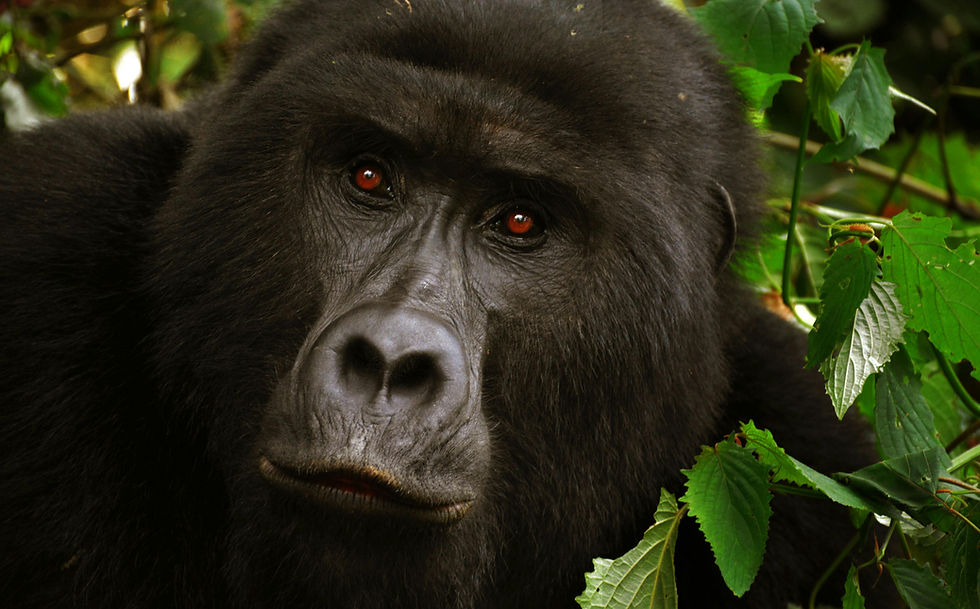This System That Just Made Evolution 100,000 Faster
%20gorilla_edited.jpg)
Evolution on Fast-Forward
Evolution is a process that typically takes millions of years, with nature slowly fine-tuning life along the way.. But in August 2025, scientists at Scripps Research unveiled a way to speed that process up by 100,000 times. With this system, proteins evolve in minutes per generation, allowing researchers to achieve changes in days that used to take years.
Why Proteins Matter
Proteins are the tiny machines that keep life running. They build structures, fight infections, and spark chemical reactions. If scientists could “evolve” new proteins quickly, they could make custom medicines, create enzymes that eat plastic, or even design tools to trap carbon pollution.
The Trick: Borrowing a Virus
The breakthrough is called T7-ORACLE, and here’s how it works.
Think of it like this: scientists borrowed a virus that normally infects bacteria. But they gave it a twist: the virus can only survive if the protein inside it works well.
Every time the virus infects a bacterium, it makes thousands of copies of itself every twenty minutes. That means it also makes thousands of versions of the protein. If a protein version is weak, the virus can’t multiply and it dies out. If the protein works better, the virus thrives and spreads.
In other words, the virus is acting like a helper and a referee at the same time: it forces the protein to multiply quickly, while also making sure only the stronger versions keep going.
Evolution at Hyper-Speed
In nature, survival of the fittest can take ages. In the lab, this system runs the same process on fast-forward. Thousands of generations play out in a single day, automatically weeding out bad proteins and multiplying the good ones.
Why It’s Exciting
This isn’t just clever — it could change everything from medicine to climate science. Need a protein that blocks a tough virus? Or one that breaks down plastic bottles in the ocean? Instead of waiting years, researchers might evolve it in a week.
Proteins That Already Changed Medicine
Lab-evolved proteins already power drugs like Humira for arthritis, Herceptin for breast cancer, and improved forms of insulin. These took years to develop — with T7-ORACLE, the next breakthroughs could come in days.

FACTS YOU MIGHT BE INTERESTED IN

POPULAR NOW
ADVERTISEMENT















_edited_edited_edited_edited_edited_edited_edited_edited.jpg)
